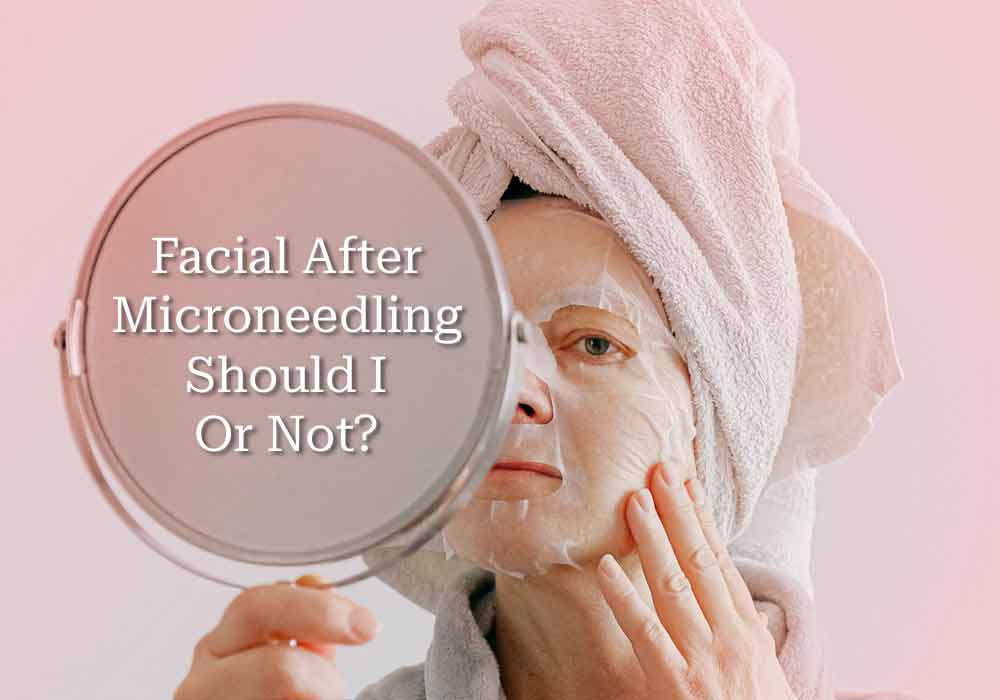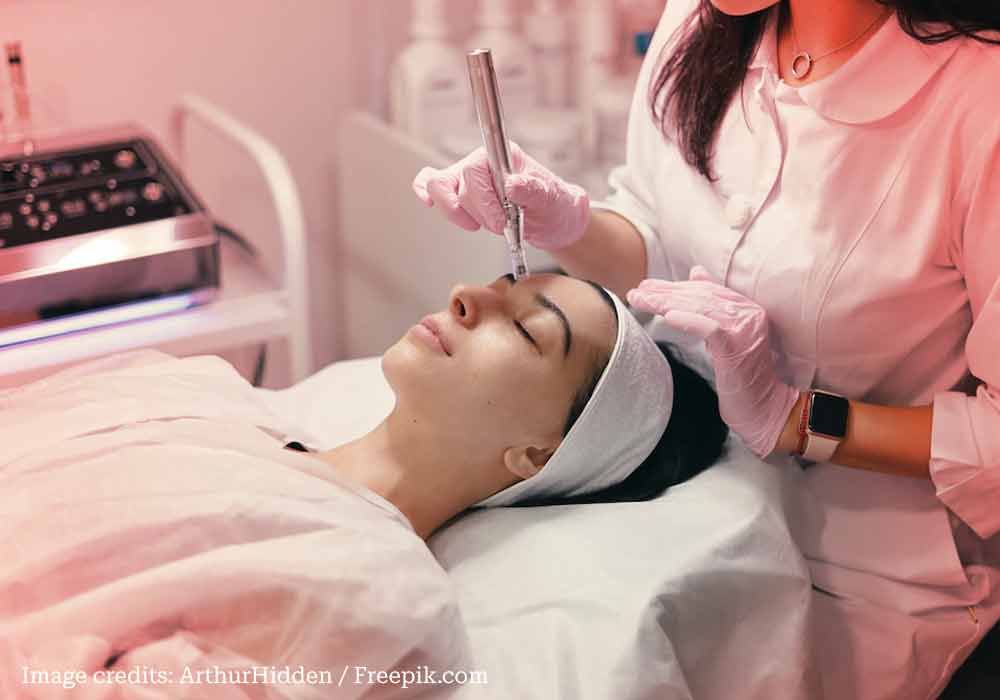Microneedling is a new treatment that is showing promise for reducing the appearance of stretch marks. Stretch marks are a common issue for many people, especially women who have been pregnant. There are various methods that can be used to try and reduce the appearance of stretch marks, but not all of them are effective.
Could Microneedling Be The Solution To Your Stretch Marks?
Microneedling is becoming popular for treating stretch marks and it does work. Stretch marks can occur when the skin stretches or shrinks too quickly. Microneedling treatment involves puncturing the skin with tiny needles to promote collagen production. This can help reduce the appearance of stretch marks by making them less visible.
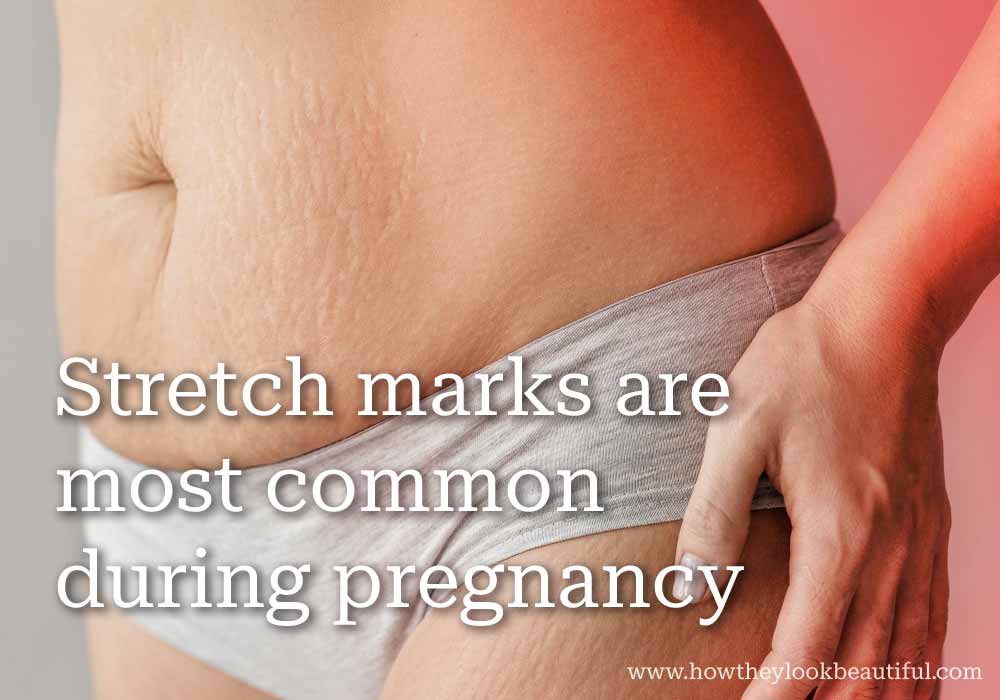
Microneedling involves using a device to create tiny punctures in the skin. This stimulates the production of collagen and elastin, which can help to improve the appearance of stretch marks.
- Could Microneedling Be The Solution To Your Stretch Marks?
- What are Stretch Marks?
- Causes of Stretch Marks
- Types of Stretch Marks During Pregnancy
- What is Microneedling and How Does it Work?
- How Does Microneedling Treat Stretch Marks?
- Is Microneedling Safe?
- Does Microneedling Really Help Stretch Marks?
- How Do I Prepare For My Treatment?
- What Happens During My Treatment?
- What Happens After My Treatment?
- Microneedling Aftercare
- Who Can Get Stretch Marks?
- Factors Contributing Stretch Marks
- Early Signs of Stretch Marks
- Frequently Asked Question
- Conclusion
What are Stretch Marks?
Stretch marks (also called ‘Striae Distensae’) are a type of scar that can develop on the skin after it has been stretched or shrunk. They typically occur during puberty, pregnancy, or during rapid weight gain or weight loss. Stretch marks are not harmful, but they can be cosmetically undesirable. There are a variety of treatments available to reduce the appearance of stretch marks. Also many products on the market claim to help with stretch marks, but often don’t work. Microneedling is a proven new treatment that shows promise in reducing the appearance of stretch marks.
Causes of Stretch Marks
Stretch marks are caused by the skin stretching or shrinking quickly. The middle layer of the skin (dermis) tears when it stretches too much which causes stretch marks. The body then produces more collagen to heal the area. This results in a scar. Stretch marks are most often found on the stomach, breasts, hips, and thighs. They can also be found on the arms, shoulders, and lower back.
Types of Stretch Marks During Pregnancy
There are a few different types of stretch marks that can occur during pregnancy. The most common type is the linea nigra, which is a dark brown line that appears on the stomach running between your belly button and pubic area. This is caused by the higher levels of hormones in your body during pregnancy and can be seen in about 80% of pregnant women.
Another type of stretch mark is the striae gravidarum also called striae distensae, which are red or purple streaks that appear on the thighs, buttocks, breasts, and stomach and over time lose their pigmentation and atrophy. These are caused by the breakdown of collagen and elastin in the skin and can be seen in about 90% of pregnant women.
Another type of stretch mark is the atrophic scar, which is a small indentation in the skin that has no color. This is caused by the loss of tissue and can be seen in about 10% of pregnant women.

What is Microneedling and How Does it Work?
This treatment is best performed by a dermatologist, but you can also do it at home. Microneedling involves using a special pen that has tiny needles on the end of it. These needles are used to create small, micro-injuries in the skin. This allows your body’s natural healing process to kick in and repair the damage. As a result, the skin is left looking smoother, healthier, and less wrinkled. This method also allows your skin to produce more collagen, which helps it look and feel firmer. There are different types of microneedling.
How Does Microneedling Treat Stretch Marks?
This treatment works by improving the appearance of stretch marks by stimulating collagen production. Collagen is what gives your skin its youthful appearance. Stretch marks are caused by losing or rupture of collagen and elastin by sudden changes like weight gain or loss. Microneedling helps your skin regain its youthful appearance improving the texture of stretch marks.
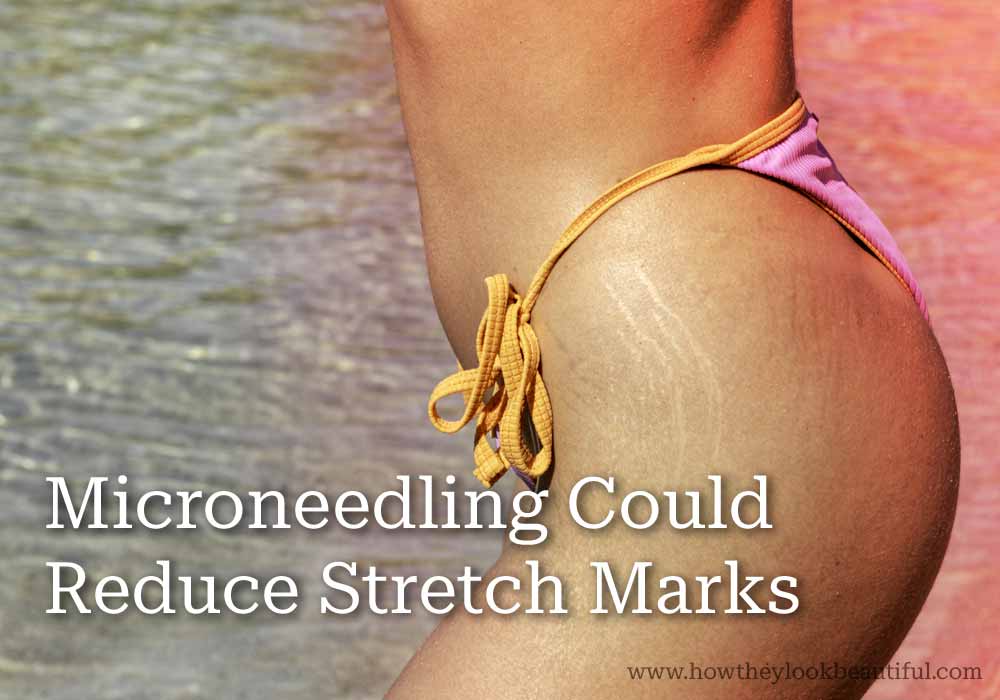
Is Microneedling Safe?
You may have tried creams and other treatments, but nothing seems to work to get rid of stretch marks. However, there’s a new treatment that’s getting a lot of attention lately: Microneedling.
Microneedling is a minimally invasive skin rejuvenation procedure, is fairly painless, and only takes a few minutes to complete. It can be performed at a medical spa, or office, by a licensed aesthetician (i.e. trained, medical professional), or in-home using a tool called Derma Roller. Microneedling is a very safe procedure that does not carry any risk of infection. The needles are sterilized and used one time only. There is a very small risk of scarring with microneedling, but this risk is extremely low.
Does Microneedling Really Help Stretch Marks?
Stretch marks are a very common issue, especially for women. While they’re not harmful, many people find them unsightly and are looking for ways to get rid of them. Microneedling is a new treatment that shows promise in reducing the appearance of stretch marks. Microneedling improved early and late stretch marks in a pilot study carried out among Korean women. This is substantiated by a study performed in South Africa and Germany with one to four treatments.
The needles used in microneedling are usually between 0.25 and 0.75mm long, with a diameter of about 0.07mm thick. There are many different types of needles that can be used for microneedling, including solid needles, hollow needles, and even roller needles. They also come in varying lengths and diameters. The needles used for microneedling are usually stainless steel, although there are other options available. Microneedling has become an extremely popular procedure in recent years because it is both safe and effective.

How Do I Prepare For My Treatment?
Before microneedling, ask about the risks, benefits, and possible complications before you decide to go forward with microneedling. If you’re considering microneedling, you will need to shave the area of your skin that is going to be treated. Avoid sun exposure for at least a week before your appointment. This will help minimize the risk of Complications after treatment. A numbing cream will be applied to your skin (this step may be skipped if you’re getting a light treatment). It’s also important to avoid any medications or supplements that can thin your blood, such as aspirin or vitamin A (Retinol) and vitamin E. Stopping vitamin E will help minimize bleeding and bruising after treatment. It is important to remove all makeup and cleanse the skin. Be sure to use a gentle cleanser, as the skin will be more sensitive after the treatment.
What Happens During My Treatment?
The procedure itself usually takes between 45-90 minutes depending on the number of areas that are being treated. Most treatments are performed using a special wand with a needle that is attached. The microneedling device (DermaPen) is turned on and the light is activated (if you have opted for RF Microneedling). You may feel heat or hear a buzzing sound. The wand is passed over the skin in a rolling motion, injecting the filler into the dermis. The procedure itself is not painful and most people feel least minimal discomfort during treatment. The microneedling device will be passed over your skin in a series of passes. The number and depth of the passes will vary depending on your skin type, the condition being treated, and your doctor’s preferences. You should be able to go about your daily activities while you’re getting microneedling sessions done.
What Happens After My Treatment?
Aftercare instructions and what to expect in the next few days will be discussed with you. It’s important to follow your aesthetician’s instructions and proper skincare routine for the best treatment results. One of the most common microneedling side effects is temporary redness or bruising. This can last anywhere from 1 to 3 days and can vary depending on how deep the needle goes into your skin. After microneedling, patients can expect their skin to feel dry and tight. You will notice that your skin may feel a little tight and firm, but this sensation will go away within a few days. These side effects are temporary and will resolve within a few days.
After 4-5 days, you might notice scabs on your face – don’t peel them off. Apply a gentle moisturizer and let them flake away. After treatment, patients can expect to see an improvement in their skin’s texture and tone. Additionally, microneedling can help stimulate collagen production, which can lead to further improvements in the appearance of the skin over time. After microneedling, it is important to apply a moisturizer or soothing serum to soothe and hydrate the skin. Be sure to avoid sun exposure for at least 24 hours after the treatment.
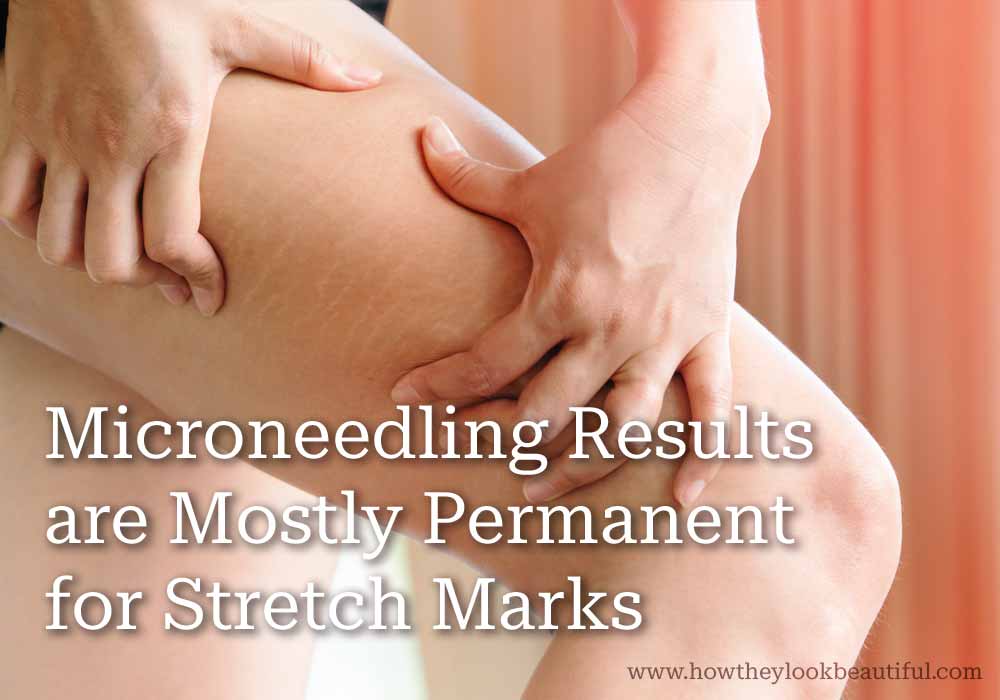
Microneedling Aftercare
- You will have to wait approximately 12-24 hours before engaging in any strenuous activity, and then you are free to resume your normal activities.
- During this time you should avoid direct exposure to the sun, including tanning beds and UV rays from the sun.
- Use sunscreen daily to keep your skin healthy and minimize the risk of scarring and hyperpigmentation.
- You should also avoid using any products containing Retin-A or similar medications, as they can increase the risk of bruising.
- Don’t pick at scabs or peel off microneedle marks.
- You can use cold compresses following the treatment for comfort.
- Apply the serum provided by your dermatologist as per instructions.
- Avoid saunas, hot showers, and steam baths for up to 48 hours.
- You may apply coconut oil to moisturize the dry skin.
- Don’t touch the area without washing your hands with soap to avoid infection.
- Avoid any anti-inflammatory medications for a week after the Microneedling procedure. They may actually interfere with the healing process.
- Avoid exposing your skin to irritating lotions, harsh topicals, pools, gyms, and other potential sources of infection and also polluted environments.
Who Can Get Stretch Marks?
Stretch marks are most common during pregnancy, but can also occur during puberty or from sudden weight gain or weight loss. But anyone can get stretch marks, even if their skin doesn’t stretch much. Some people are just more likely to get them because of their genes. Stretch marks can be pink, purple, or white and may be itchy. Stretch marks can often look bumpy or uneven in texture. Though they are not harmful, many people feel self-conscious about their appearance and want to get rid of them for cosmetic reasons.
Factors Contributing Stretch Marks
There are a few factors that contribute to whether or not a woman will get stretch marks. One is the amount of collagen in your skin. Collagen is a protein that helps keep skin elastic. If a woman has low levels of collagen, she’s more likely to develop stretch marks. Another factor is how quickly a woman gains weight during pregnancy. The faster the weight gain, the greater the risk of stretch marks. And finally, genetics play a role. If your mom or sisters had stretch marks, you’re more likely to get them too.
Early Signs of Stretch Marks
Stretch marks first appear as faint lines on the surface of the skin. They may be pink, red, purple, or dark brown, depending on your skin color. The lines are usually widest at the center and taper off at the ends. Over time, the lines will become less pronounced and may fade to a silvery-white color. The skin may feel itchy or tight, and appear redder or darker than the surrounding area. As the skin stretched further, the lines will become more visible.
Frequently Asked Question
The most common areas treated by Microneedling are the stomach, hips, and thighs. The treatment can also be effective on the arms, shoulders, and lower back.
Results will vary by individual, but you can generally expect to see a reduction in stretch marks within the first month of treatment. Also, your skin may appear smoother and firmer. Your treatment plan will span several months, and you should notice even more positive results as the weeks go by.
Results for stretch marks after microneedling treatment are mostly permanent on the scars treated unless you re-stretch your skin by gaining or losing weight significantly in less time. Usually, a minimum of 3-6 treatments are required to see the maximum benefits.
Microneedling is relatively affordable, especially when compared to other cosmetic procedures. The average cost of a single session is around the US $200 to $400 per session, although this can vary depending on the provider and the area being treated. For best results, most people need 3-6 sessions, spaced 4-6 weeks apart.
The rule of thumb is – The more the needle length, the greater should be the interval between two microneedling sessions. When using a 1.5 mm dermaroller, at least 3 weeks gap should be there between two procedures.
Topical tretinoin, combined with fractional bipolar radiofrequency potentiated by infrared light, is an effective treatment of both immature and mature stretch marks of the abdomen.
8 out of 10 women will develop stretch marks during pregnancy. Stretch marks typically develop around the sixth or seventh month. For some women, stretch marks may appear earlier in pregnancy, while for others they may not develop until later on. It differs from woman to woman.
Conclusion
For many people, stretch marks are a source of embarrassment and can be difficult to get rid of. But Microneedling is a new treatment that has shown promise in reducing the appearance of stretch marks. You may have tried creams and other treatments, but nothing seems to work to get rid of stretch marks. However, Microneedling is getting a lot of attention lately to overcome stretch marks. It is a minimally invasive procedure that uses fine needles to create tiny punctures in the skin to promote collagen production. Hope you will find this info useful to make your decision.
References:
- Treatment of Striae Distensae Using Needling Therapy: A Pilot Study
- The Role of Microneedling in the Treatment of Stretch Marks
- Management of stretch marks (with a focus on striae rubrae)
- Microneedling for Transepidermal Drug Delivery on Stretch Marks
- Comparative effectiveness of different therapies for treating striae distensae
- Abnormalities of Dermal Fibrous and Elastic Tissue

Hi, I’m Annie,
What drives me is the ability to empower women by cultivating the self-confidence in their inner beauty, enhancing their self-image, and showing them that overall beauty needn’t be either difficult or costly and that they can seamlessly mould their style to suit their everyday needs, without having to make an either / or choice. I’m constantly surprised at every transformation and it drives me on to the next. My knowledge is enhanced by 18 years of hands-on experience, and learning from every new assignment.
When I’m not writing beauty advice for my blog, I’m consulting on make-up, hair, diet and style. Or I’m just kicking back my heels cuddling with my fat Lab, Coco.
